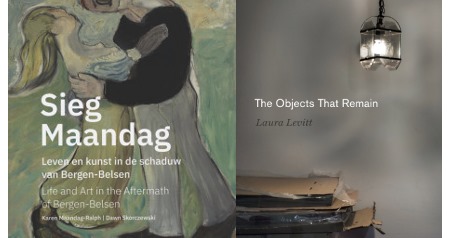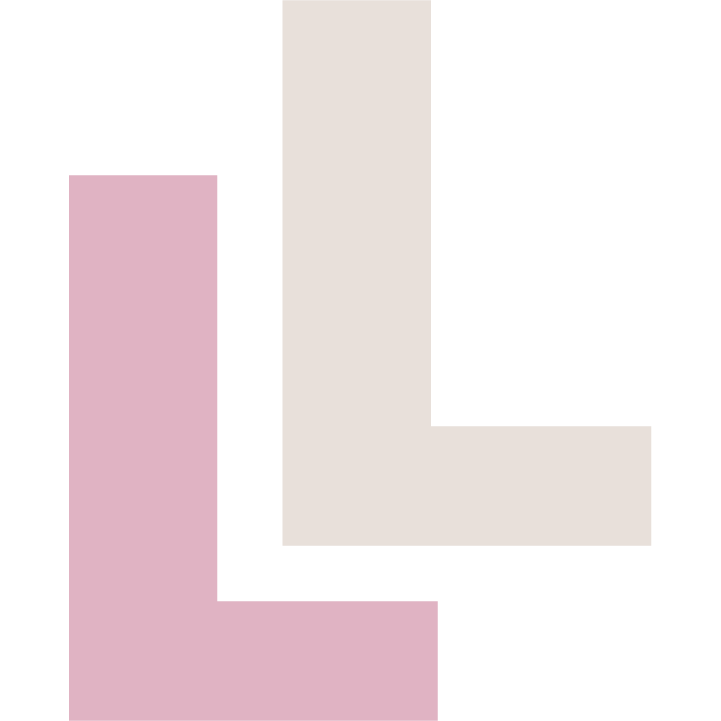To read this review (In French): https://cjs.journals.yorku.ca/index.php/cjs/article/view/40227/36407

This panel discussion will consider questions about life after trauma, violence, and loss: what makes this possible? What is the role of art and literature in doing justice to these pasts and imagining different futures? What is the relationship between trauma and art or writing? Professor Dawn Skorczewski and Professor Laura Levitt will be led in conversation by Professor James Young.
To Watch the Video, go tohttps://www.youtube.com/watch?v=8nd6obCB2ng
About the speakers:
Dawn Skorczewski is Lecturer at Amsterdam University College, and Research Professor of English Emerita at Brandeis University. Her research interests include the Holocaust, psychoanalysis, pedagogy, poetry, writing, and trauma. Several recent articles address the Holocaust survivors of the Dutch Diamond Industry, the interviewer’s role in Holocaust testimonies, and Jan Karski’s interviews. Her 2012 work An Accident of Hope positions the therapy tapes of American poet Anne Sexton at the intersections of poetry, trauma, pedagogy, and testimony.
Laura Levitt is Professor of Religion, Jewish Studies, and Gender at Temple University where she has chaired the Religion Department and directed both the Jewish Studies and the Gender, Sexuality and Women’s Studies Programs. Levitt is the author of The Objects that Remain (2020); American Jewish Loss after the Holocaust (2007); and Jews and Feminism: The Ambivalent Search for Home (1997) and a co-editor of Impossible Images: Contemporary Art After the Holocaust (2003) and Judaism Since Gender (1997). Levitt edits NYU Press’s North American Religions Series with Tracy Fessenden (Arizona State University) and David Harrington Watt (Haverford College).
James E. Young is Distinguished University Professor Emeritus of English and Judaic & Near Eastern Studies at the University of Massachusetts, Amherst, where he has taught since 1988, and Founding Director of the Institute for Holocaust, Genocide, and Memory Studies at UMass Amherst. Professor Young has written widely on public art, memorials, and national memory.

For people who haven’t read the book yet, can you talk a little bit about the relationships that you make between the types of evidence that you discuss? What are the connections that you make between criminal evidence that exists in police custody and then the types of evidence that you’re interested in in museums and archives?
I’m really interested in tainted objects, objects that have been brushed by violence. I was looking particularly at the Holocaust Museum, and the conservators working there. They had to adapt the practices of conservation for objects from the concentration camps — shoes, hair, clothing — which are in many ways criminal evidence. They testify to the crimes of genocide, some more intimately than others. I am particularly interested in clothing — in Jane Mixer’s clothing, in my own clothing that was taken from my crime scene, and which I hoped was in police storage somewhere. I think these tainted objects have a lot in common, but what’s different is that the objects that are in police storage are not accessible to the public. Occasionally, criminal evidence can become available, but in most cases it is not. And so we have only our imaginations. We remember those objects but we don’t physically see them.
“I challenge the notions of both legal and even theological justice as the only ways of imagining justice. Instead, what I explore is a more active, immanent form of doing justice through the crafting, telling, and sharing of stories that animate the objects transformed by violence. I think about the ways that these objects become sacred through our tender regard, the care of those police property managers, conservators, collections managers, curators, archivists, and librarians who are in custody of these collected artifacts, and those who tell their various stories, the poets and writers, artists, historians, journalists, and performers who continue to breathe new life into these otherwise inanimate objects. What makes these objects animate, meaningful, compelling, and indeed, holy are all of these human engagements.”
For the full text, https://pennstateuniversitypress.tumblr.com/
May 4th, 12pm CT/1 pm EST
In The Objects That Remain (2020), Laura Levitt (Temple University) draws on her own experience as a victim of rape as she revisits the material remains of acts of violence and their place in Holocaust memory. The “essence of this volume,” she writes, is the “resonance between artifacts and their power to witness to the crimes against humanity, against individuals, and their ability to make holy the profane.” It is a “meditation on the allure of once ordinary artifacts that were brushed by violence: on where they take us and how they become animate, the rites and rituals around them, and the arts of holding that transform them into sacred objects through our tender care.”
Respondents: Bevin Blaber (Teaching Fellow, Divinity School) and Tahel Goldsmith (PhD student, Dept. of History).
Moderator: Leora Auslander, Professor of Modern European Social History, Dept. of History.
This event is part of the series “Greenberg Book Conversations” sponsored by the Greenberg Center for Jewish Studies and the Seminary Co-op Bookstore. It is open to the public, but registration is required (see the link below).
Register in advance for this meeting:https://uchicago.zoom.us/meeting/register/tJIpfuivqTwuHNyZtGJuok6wfShA_CZu77gF
After registering, you will receive a confirmation email containing information about joining the meeting.
Levitt writes in her introduction to The Objects that Remain, “This book is a meditation on the allure of once ordinary artifacts that were brushed by violence: on where they take us and how they become animate, the rites and rituals around them, and the arts of holding that transform them into sacred objects through our tender care,” alerting readers that she will begin by examining objects through the lens of a scholar of religion. She starts this journey by looking at sacred objects in the Judeo-Christian tradition such as garments stained by the blood of Jewish martyrs and relics of medieval saints, and then relates these objects to the idea of divine justice. As Levitt writes, because she did not receive justice in the legal sense – her case never went to trial and all remaining physical evidence of the crime vanished – she “wanted to legitimate [her] own contemporary longings by placing them in this tradition.” But her efforts take a different turn.
To read all of this story, go to: http://js.emory.edu/news/news-stories-container/laura-levitt.html
For this whole issue see, https://muse.jhu.edu/issue/44290
This issue includes both my essay “Contemporary Relics” and a wonderful conversation about Jewish Objects and Jewish Affects with Jodi Eichler-Levine, Rachel B. Gross, Laura Arnold Liebman, and me.
To hear this conversation https://humanities.ucla.edu/event/the-objects-that-remain-laura-levitt/
Center Conversation on the State of Religion in the Current Moment, Religion and American Culture, IUPPI, April 15, 2021, (online) https://www.facebook.com/groups/742284435881210
“How to Hide” The Dybbukast
episode 6: “How to Hide”
In this episode, presented in collaboration with Lilith Magazine, we’ll hear excerpts from and explore issues intersecting with a creative non-fiction essay published in Lilith in 1994 titled “How to Hide: Instructions from a Daughter of Survivors.” The work describes how certain perspectives and life behaviors, influenced by their parents’ experiences in the Holocaust, show up for the children of survivors.
Karen Propp, the author of the essay, shares her experiences and points of inspiration for the piece, and Dr. Laura Levitt, a professor of religion, Jewish studies and gender at Temple University, takes us through the ways in which our public discourse around the Holocaust evolved while also discussing relationships to historical trauma.
To Listen to this Podcast go to: https://player.simplecast.com/ffd23142-ab38-4f85-9b6f-3601e0c9d96b?dark=true
